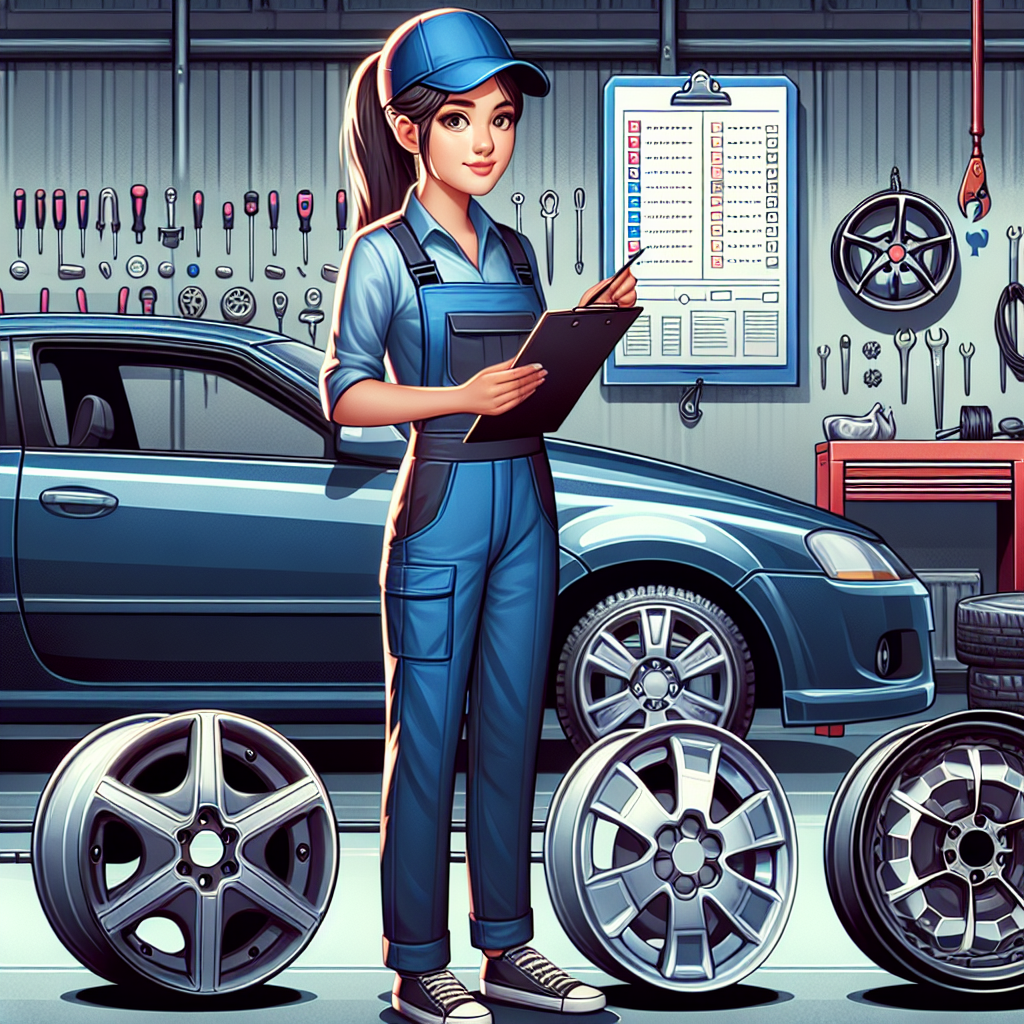When to Replace Your Hubcaps: A Maintenance Checklist
Dec 22, 2024

1. Visual Inspection
Perform a visual inspection of your hubcaps regularly. Look for cracks, dents, or fading colors. If your hubcaps show signs of significant wear or damage, it might be time for a replacement. Remember, hubcaps should enhance your vehicle's appearance, not detract from it.
2. Loose or Missing Hubcaps
If you notice that a hubcap is loose, damaged, or even missing, it’s essential to address this issue immediately. Driving without a hubcap can expose the wheel nut to dirt and moisture, potentially leading to corrosion or rust over time.
3. Tire Condition Alert
If you’re replacing your tires or have recently had a tire-related issue, check the condition of your hubcaps. Damage can occur during tire changes, leading to chips or cracks in the hubcap. It’s worth comparing the condition of your hubcaps to ensure that they haven’t been compromised during servicing.
4. Seasonal Changes
Extreme weather conditions can wreak havoc on your vehicle's components including hubcaps. If you live in an area with harsh winters or intense summers, inspect your hubcaps after these seasons. A buildup of salt, ice, or intense UV rays can cause premature wear, making a replacement necessary.
5. Brake Dust Build-Up
A significant amount of brake dust can accumulate on your hubcaps over time. If you notice a heavy and persistent build-up that cleaning cannot remove, the hubcaps may be deteriorating. Excessive brake dust can scratch the finish of your hubcaps, leading to an dull appearance and potential corrosion.
6. Change in Vehicle Vibe
Have you changed the overall vibe of your vehicle? For example, if you’ve upgraded your wheels or altered your car’s look, you may want to consider replacing your hubcaps (or wheel covers) to reflect the new style. Hubcaps should complement your vehicle’s aesthetics—don’t hesitate to update them to maintain a cohesive look.
7. Age Factor
Although hubcaps are durable, they aren’t immune to aging. If your hubcaps are from the original purchase of the vehicle, assess their condition. After several years of exposure to different weather conditions, it might be prudent to replace them, even if they appear fine.
Conclusion
Regularly checking the condition of your hubcaps is a simple, yet effective way to prolong their lifespan and maintain the overall health of your vehicle. If you determine that replacements are necessary, visit us for a wide variety of hubcaps, wheel covers, and chrome skins to suit your aesthetic and functional needs.
Taking the time to ensure that your hubcaps are in excellent condition will not only brighten up your vehicle's look but will also help protect your wheels in the long run. Remember, a small investment in new hubcaps can save you from more significant repairs down the road.









































